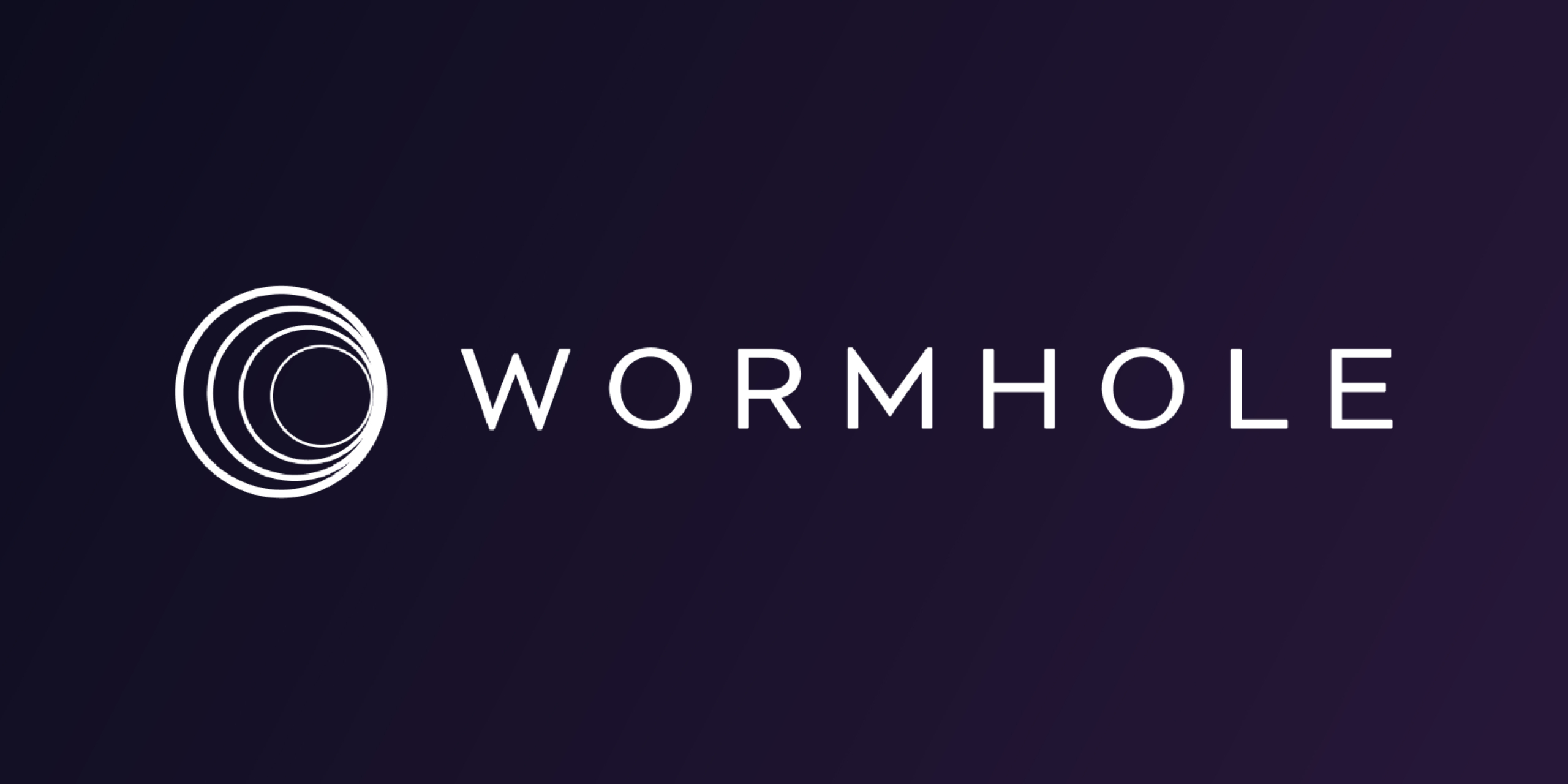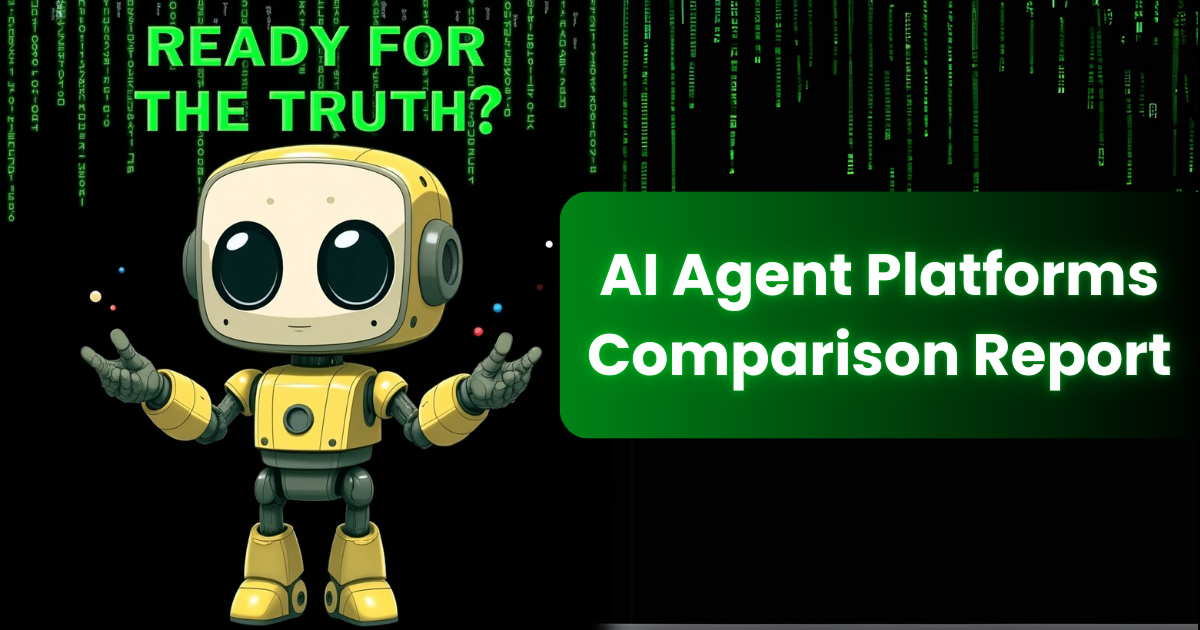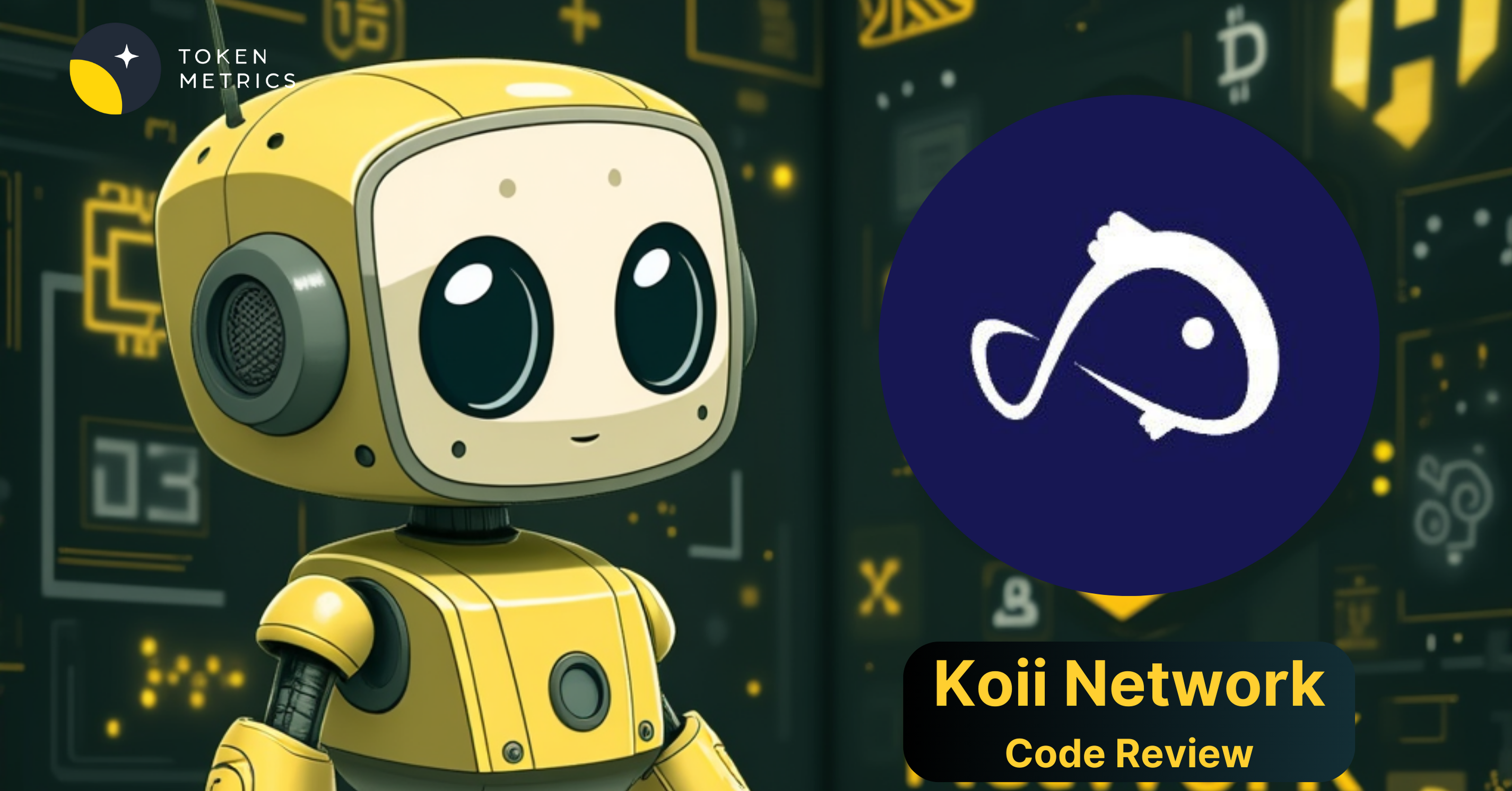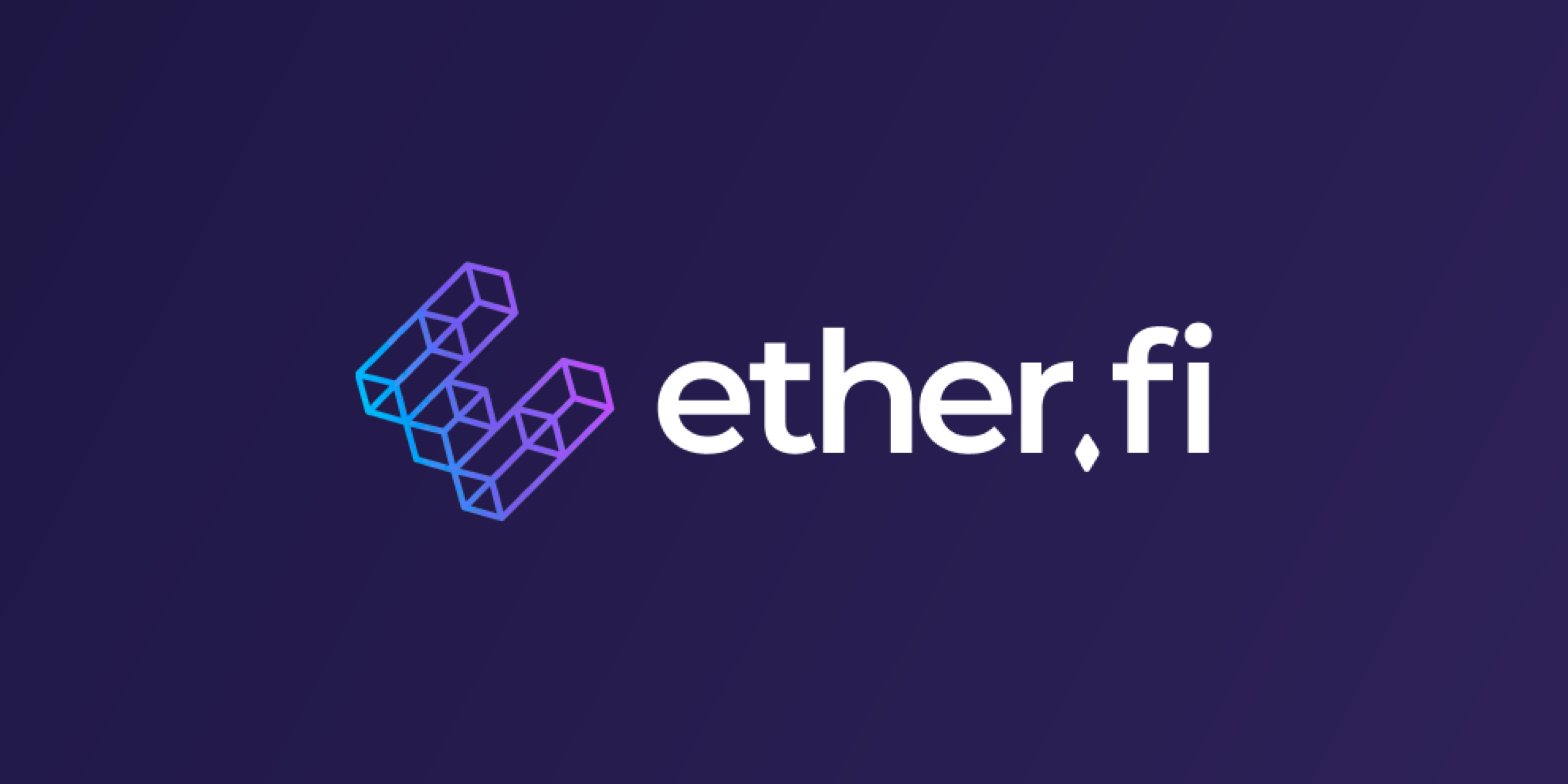Introduction
Wormhole emerges as a pioneering message-passing protocol to bridge the communication gap between disparate blockchain ecosystems. Unlike traditional blockchain or token bridges, Wormhole focuses on enabling a broad spectrum of cross-chain interactions such as exchanges, governance, and gaming applications. This review delves into Wormhole’s innovative approach, architecture, code quality, and roadmap towards enhancing blockchain interoperability.
Innovation
At its core, Wormhole introduces novel solutions to the challenges of cross-chain communication. Its unique value propositions, including ease of integration and enhanced user experiences through features like gasless transactions and gas dropoff, set a new standard for interoperability protocols. Wormhole’s approach to mitigating common barriers such as high gas fees and complex bridging processes represents a significant leap forward in blockchain technology.
Architecture
Wormhole‘s architecture is meticulously designed to support robust cross-chain communication. It consists of on-chain components like Emitter Contracts and the Core Contract, which work in tandem with off-chain components, including the Guardian Network and Relayers. This structure facilitates seamless message passing and transaction execution across multiple blockchain platforms.
Wormhole On-Chain Components
Emitter Contracts initiate cross-chain communication, sending messages to the Core Contract.
Core Contract is the nexus for processing and logging messages, supported by the Guardian Network.
Relay and Worm Router Contracts enable the development of cross-chain Dapps by facilitating message delivery.
Off-Chain Components
Guardian Network, a decentralized validator network, ensures message integrity and authenticity.
Relayers are critical for delivering messages to their intended chains and completing the cross-chain transaction process.
APIs provide developers with access to necessary data for building cross-chain functionalities.
Code Quality
Wormhole’s codebase reflects a high-quality standard, prioritizing security, efficiency, and scalability. The deployment of a decentralized network of validators (Guardians) for message verification exemplifies the protocol’s commitment to security. The modular design of its components enables flexibility and adaptability, essential for future-proofing the technology.
Product Roadmap
Wormhole’s product roadmap showcases a clear vision for expanding its ecosystem. Plans for supporting additional blockchain platforms, enhancing the SDK, and introducing more user-centric features indicate a commitment to continuous improvement and adoption.
Usability
The protocol shines in its usability, mainly through Wormhole Connect. This feature simplifies the integration of Wormhole’s services into platforms and Dapps, significantly lowering the barrier to entry for developers and enhancing the end-user experience.
Team
The Wormhole development team comprises blockchain technology, security, and software engineering experts. Their collective expertise and innovative vision have been instrumental in shaping Wormhole into a leading solution for cross-chain communication.
Conclusion
Wormhole represents a pivotal development in blockchain interoperability, marked by its innovative approach, robust architecture, and commitment to enhancing user experiences. While it faces challenges inherent to pioneering technologies, its dedicated team and clear roadmap position Wormhole to address them effectively. As the blockchain ecosystem evolves, Wormhole stands out as a critical tool for fostering collaboration and innovation across diverse platforms.
| Initial Screening | |||
| Keep researching | |||
| Does this project need to use blockchain technology? | Yes | ||
| Can this project be realized? | Yes | ||
| Is there a viable use case for this project? | Yes | ||
| Is the project protected from commonly known attacks? | Yes | ||
| Are there no careless errors in the whitepaper? | Yes | ||
| Project Technology Score | |||
| Description | Scorecard | ||
| Innovation (Out Of 11) | 8 | ||
| How have similar projects performed? | Good | 2 | |
| Are there too many innovations? | Medium | 1 | |
| Percentage of crypto users that will use the project? | 6% – 10% | 3 | |
| Is the project unique? | Yes | 2 | |
| Architecture (Out of 12) | 10 | ||
| Overall feeling after reading whitepaper? | Good | 2 | |
| Resistance to possible attacks? | Good | 2 | |
| Complexity of the architecture? | Not too complex | 2 | |
| Time taken to understand the architecture? | 20 – 50 min | 1 | |
| Overall feeling about the architecture after deeper research? | Good | 4 | |
| Has the project been hacked ? | Yes | -1 | |
| Code Quality (out of 15) | 15 | ||
| Is the project open source? | No | 2 | |
| Does the project use good code like C,C++, Rust, Erlang, Ruby, etc? | Yes | 2 | |
| Could the project use better programming languages? | No | 0 | |
| Github number of lines? | More than 10K | 1 | |
| Github commits per month? | More than 10 | 2 | |
| What is the quality of the code? | Good | 2 | |
| How well is the code commented? | Outstanding | 2 | |
| Overall quality of the test coverage? | Outstanding | 2 | |
| Overall quality of the maintainability index? | Outstanding | 2 | |
| When Mainnet (out of 5) | 5 | ||
| When does the mainnet come out? | Mainnet Ready | 5 | |
| Usability for Infrastructure Projects (out of 5) | 5 | ||
| Is it easy to use for the end customer? | Yes | 5 | |
| Team (out of 7) | 6 | ||
| Number of active developers? | 5+ | 2 | |
| Developers average Git Background? | Senior | 2 | |
| Developers coding style? | Solid | 2 | |
| Total Score (out of 55) | 49 | ||
| Percentage Score | |||
| Innovation | 14.55% | ||
| Architecture | 18.18% | ||
| Code Quality | 27.27% | ||
| Mainnet | 9.09% | ||
| Usability | 9.09% | ||
| Team | 10.91% | ||
| Total | 89.09% |





